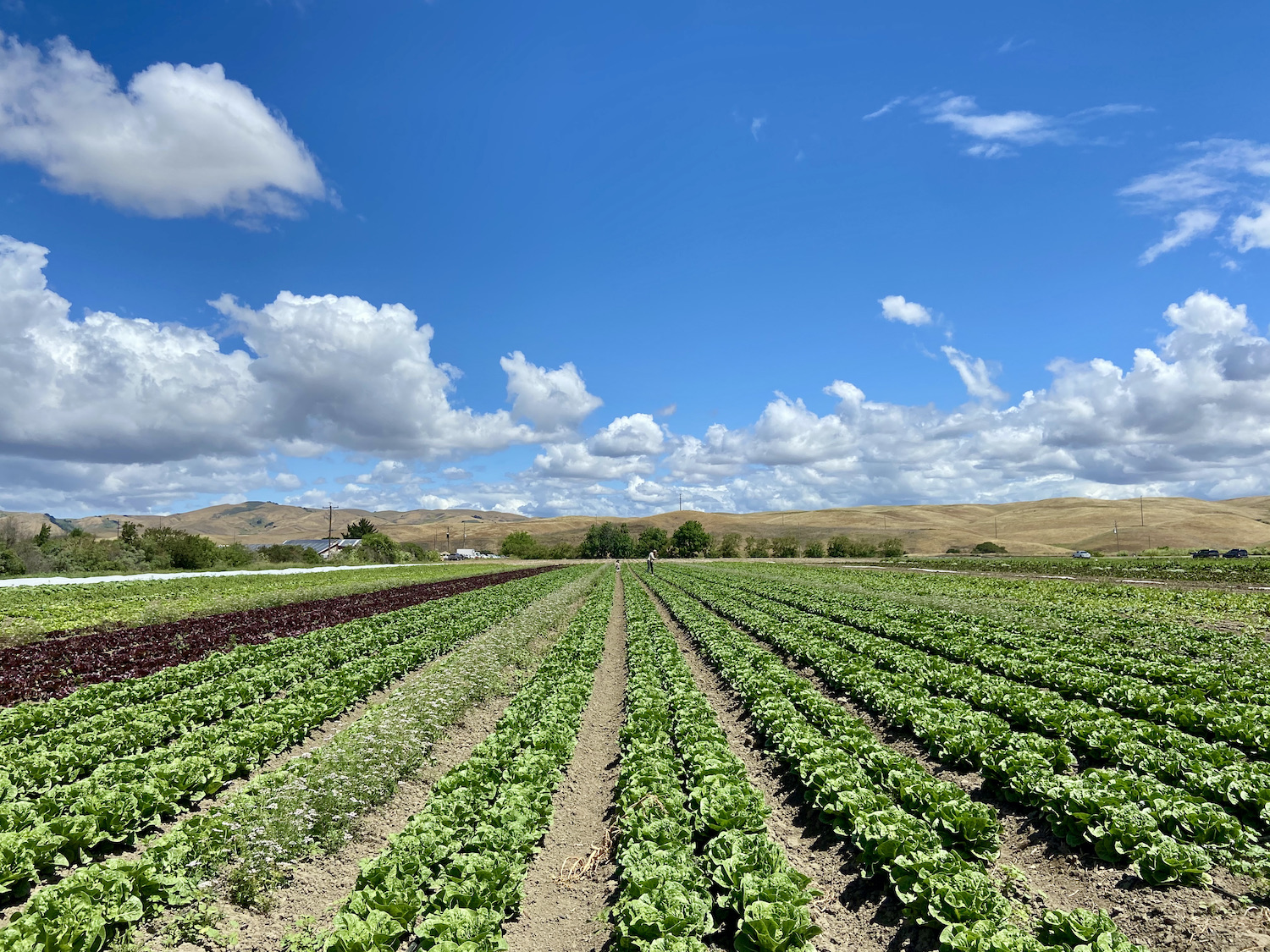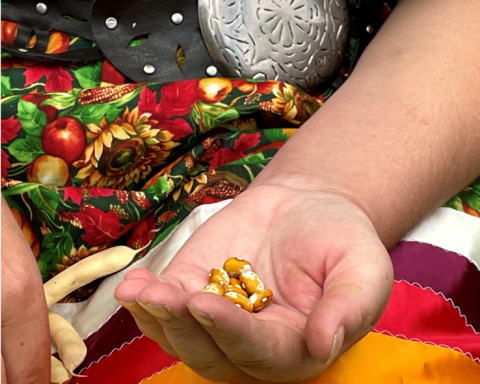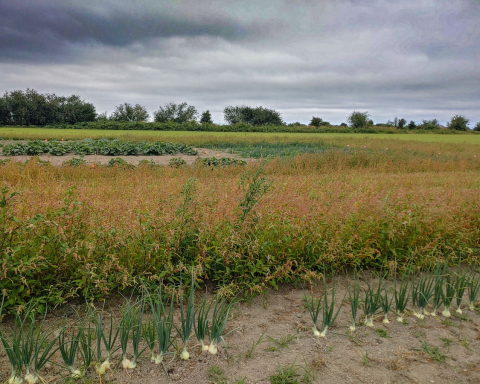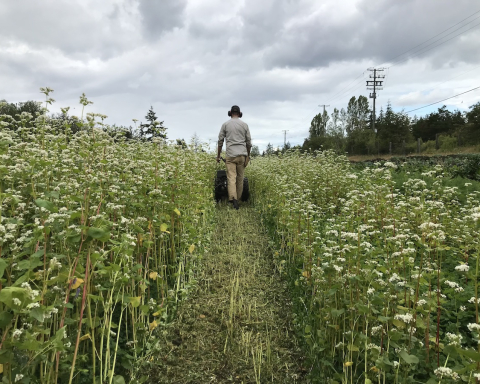By Kenzo Esquivel and Patrick Baur
[This article originally was originally published with the National Sustainable Agriculture Coalition (NSAC) and is shared here with gratitude.]
Looking out across his 20 acres in California’s Central Coast, a farmer reflected on his journey: “One of the things I’m probably the proudest of in our tenure here on this home farm is providing habitat and diversity,” he said. “It was a very barren place when we first got here.”
This farmer and others who prioritize on-farm biodiversity generally reap significant benefits and satisfaction from their investments. Eventually. Yet not every farmer is in a position to put the up-front time, energy, and money into diversifying their farms ecologically and economically. Despite valuing these ecological practices, many have little option but to continue down the path of specialized, input-intensive farming.
Diversified farming practices include common strategies like cover cropping, composting, and hedgerows. These and other ecological farming techniques can help a farm’s bottom line and its ability to weather disease, droughts, and floods. Cost-sharing programs, like California’s Healthy Soils Program and EQIP, exist at both state and federal levels to help farmers adopt diversified practices. Yet nationwide, adoption remains very low.
In our recently published study, we show how some diversified farms have found a “sweet spot” to expand their crop portfolio and adopt ecologically based practices like hedgerows or cover crops. Farms that sell to national or international wholesale markets tend to face steep market pressures that not only fail to reward diversity, but actively hinder it. Meanwhile smaller farms may have the interest and the incentive to diversify but lack the means to seize the opportunity. Thus, most of the highly diversified farms we identified in our study fell somewhere in between, with medium-sized acreage and farm businesses.
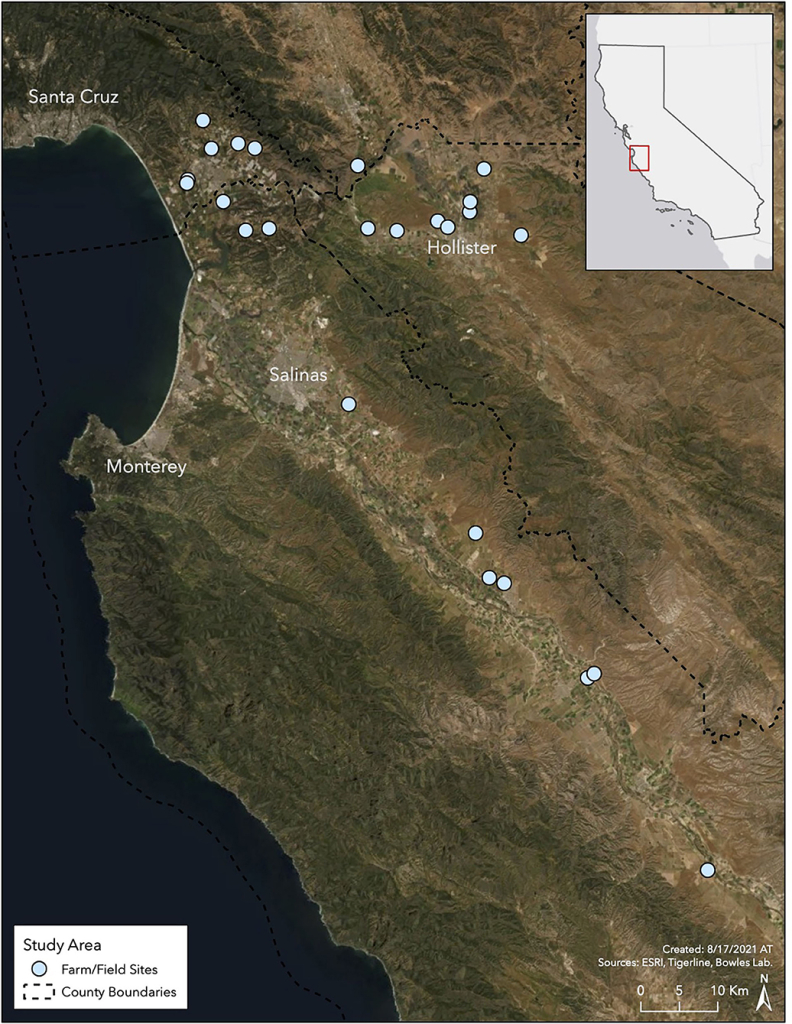
Why do mid-scale farms adopt diversification practices at higher rates?
Many growers we interviewed lacked the resources to float the up-front costs. “We’d like to have it all covered,” sighed one farmer with a 5-acre vegetable farm, “but we don’t have the money to cover [crop] everything.” These limited resource farmers face significant financial restraints due to short or uncertain land tenure and limited access to capital. These were also the smallest farms, ranging between one and 20 acres. While farmers in this group often expressed desire to adopt more diversification practices, they often lacked the time, money, and financial stability to cover the cost of biodiversity-enhancing practices that might take years to pay off. “If you’re leasing, you’re not going to plant perennials,” explained one technical assistance provider. While some limited resource farmers were aware of cost-sharing programs, they told us that the applications were overwhelming and took too much time.
Other growers, meanwhile, had the financial means but found themselves locked into market channels that could not accommodate a more diverse rotation of crops, or which actively discouraged certain forms of on-farm biodiversity due to food safety fears. “What used to be a windbreak is now a hazard,” said one large-scale grower when asked about hedgerows. “We’re pretty much forced to abide by the rules that are given to us [by our buyers],” explained another. Such wholesale growers, operating at the other end of the spectrum with farms of 500 acres or more, were limited by requirements imposed by their buyers, slim margins in the wholesale market, and high land values. From strict planting schedules to restrictions on compost and non-crop vegetation motivated by food safety concerns, these wholesale growers faced inflexible market constraints to increasing on-farm diversity. Consolidated supply chains in the region leave few other market options for growers who operate at this scale, and their management philosophy tends to emphasize control and “cleanliness” over diversity.
Thus, limited resource farmers and wholesale growers, while vastly different in size, both face significant hurdles to adopting diversified farming practices. While conditions at either end of the spectrum are discouraging, we discovered that mid-scale farmers, ranging between 20 and 350 acres, were often able to circumvent these constraints. However, higher levels of diversification practices did not automatically emerge through “right-sized” farm scales alone. Mid-scale farmers also had the highest levels of secure land tenure and access to capital and resources. Critically, they had also built relationships with buyers (e.g., high-traffic farmers markets, high-end local retailers) who shared their values and were willing to pay a premium for the produce they grow. The combination of financial security and sympathetic buyers gave these mid-scale growers a degree of autonomy and control not available to either the limited-resource or wholesale farmers. The mid-scale farmers we interviewed told us they chose how to grow their crops and where to sell their crops because they had the economic security to weather the short-term risks and wait for long-term returns on their investment in cultivating highly biodiverse farms.
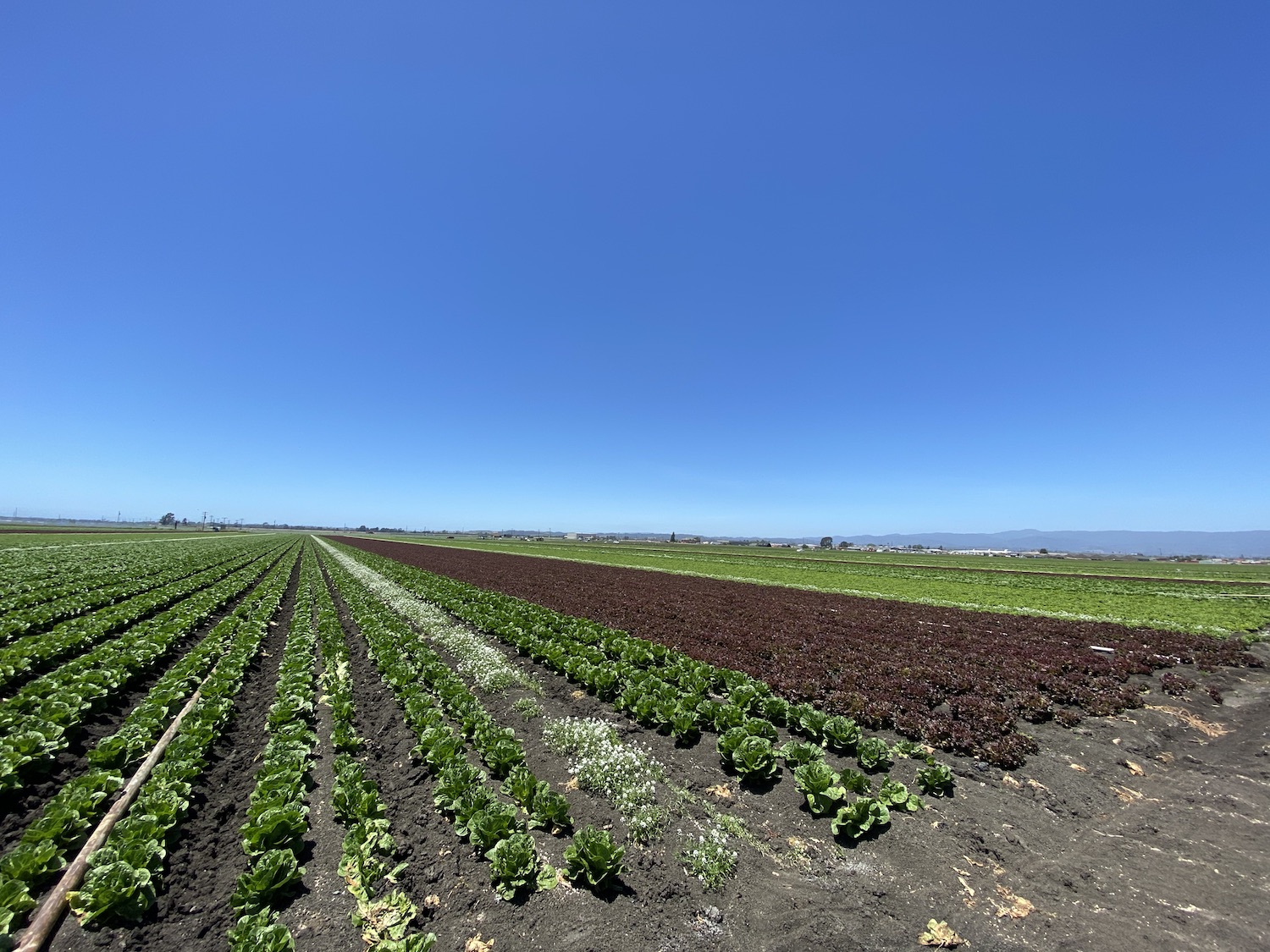
Policies should mitigate scale-specific barriers
Policies aiming to help farmers invest in on-farm biodiversity must consider that different types of farms face unique barriers and incentives to diversify. Small-scale farmers will benefit from targeted policies that alleviate limitations in time, money, and social capital. In particular, policies that secure long-term land tenure for new-entry and socially disadvantaged farmers and increase access to water, technical assistance, and diverse markets beyond direct-to-consumer should be prioritized. Existing incentive programs should streamline application processes, increase publicity, provide enrollment assistance, and create opportunities for farmer-to-farmer sharing of personal success stories with programs like EQIP.
Meanwhile, large-scale wholesale growers need help negotiating the restrictive demands of their supply chains. Our findings suggest new avenues for policies to create more robust alternative markets that value and encourage diversification. We also see an opportunity for regulations that push wholesale buyers to reward growers for their diversification practices. Food safety policies are another important area for intervention. Making headway on adoption of diversified farming practices among wholesale farmers may require supplementing the “pull” of incentives at the farm level with the “push” of new biodiversity-based procurement requirements at the buyer level and further down the supply chain.
While our study is limited to organic lettuce farms on California’s Central coast, we believe that researchers and policymakers in other regions may find the construction of a similar “farming model” typology a useful framework to identify the enabling factors and structural barriers that different types of farmers face. In particular, we see strong resonance between this “sweet spot” for biodiversity-based farms and the broader attention to an “agriculture of the middle” as a pathway to restore local and regional food economies damaged by consolidation and concentration in many farm sectors.
Helping farmers invest in and reap the benefits of diversification means identifying and dismantling scale-specific barriers and promoting the financial and market conditions that allow farmers to settle on business models and scales that are neither too big nor too small to diversify, but just right.
Full study: bit.ly/3HQGZMO
Companion Study: bit.ly/3HrXFsp
Kenzo Esquivel is a PhD candidate in Environmental Science, Policy, and Management at UC Berkeley. Patrick Baur is an Assistant Professor in Sustainable Agriculture and Food Systems in the Department of Fisheries, Animal, and Veterinary Sciences at the University of Rhode Island
Featured image: Lettuce farm in California. Credit: Patrick Baur and Kenzo Esquivel.


